Home>Gardening & Outdoor>Landscaping Ideas>What Does Alfalfa Grass Look Like
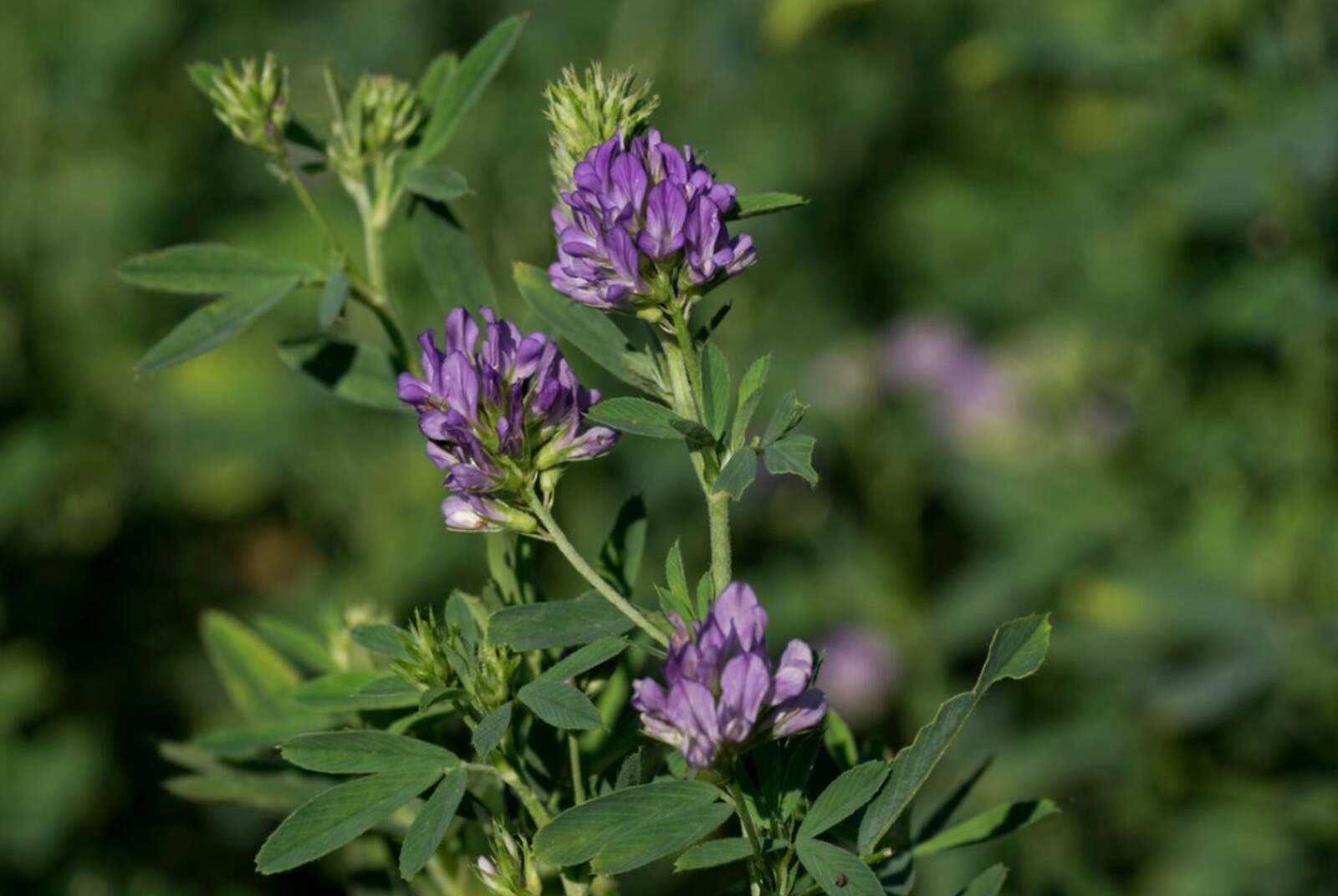

Landscaping Ideas
What Does Alfalfa Grass Look Like
Published: February 2, 2024
Discover what alfalfa grass looks like and get landscaping ideas to incorporate it into your outdoor space. Learn about the characteristics and uses of alfalfa grass.
(Many of the links in this article redirect to a specific reviewed product. Your purchase of these products through affiliate links helps to generate commission for Storables.com, at no extra cost. Learn more)
Characteristics of Alfalfa Grass
Alfalfa grass, scientifically known as Medicago sativa, is a perennial flowering plant that belongs to the legume family. It is renowned for its exceptional forage quality and high nutritional value, making it a popular choice for livestock feed and soil improvement. Understanding the key characteristics of alfalfa grass is essential for anyone involved in agriculture, gardening, or landscaping.
-
Nutritional Value: Alfalfa grass is a nutrient-dense forage crop, boasting high levels of protein, vitamins, and minerals. Its deep root system enables it to absorb essential nutrients from the soil, contributing to its exceptional nutritional profile.
-
Drought Tolerance: One of the remarkable characteristics of alfalfa grass is its ability to withstand drought conditions. Its deep taproot system allows it to access moisture from deeper soil layers, enabling it to thrive in arid environments.
-
Nitrogen Fixation: Alfalfa grass has the unique ability to fix atmospheric nitrogen with the help of symbiotic bacteria in its root nodules. This process enriches the soil with nitrogen, enhancing its fertility and benefiting neighboring plants.
-
Pest Resistance: This resilient grass exhibits natural resistance to certain pests and diseases, reducing the need for chemical interventions in its cultivation.
-
Adaptability: Alfalfa grass demonstrates adaptability to a wide range of soil types, from sandy to clayey, as long as they are well-drained. Its versatility makes it a valuable addition to diverse agricultural landscapes.
-
Longevity: As a perennial plant, alfalfa grass can persist for multiple years under favorable growing conditions, providing a reliable source of forage for livestock and wildlife.
Understanding these characteristics of alfalfa grass is crucial for harnessing its full potential in agricultural and landscaping endeavors. Whether it's enriching the soil, providing high-quality forage, or enhancing biodiversity, alfalfa grass stands out as a valuable and multifaceted component of sustainable ecosystems.
Key Takeaways:
- Alfalfa grass is a resilient and nutrient-rich plant with drought tolerance, pest resistance, and adaptability to diverse soil types, making it valuable for agriculture and landscaping.
- The physical appearance of alfalfa grass includes upright stems, trifoliate leaves, vibrant flowers, and a robust root system, making it visually striking and ecologically significant.
Read more: What Do Alfalfa Seeds Look Like
Physical Appearance of Alfalfa Grass
Alfalfa grass, with its distinct physical attributes, presents a striking and recognizable appearance in various landscapes. Its growth habit, leaf structure, and flowering characteristics contribute to its unique visual appeal. When observing alfalfa grass, several key physical features stand out, distinguishing it from other vegetation.
The stems of alfalfa grass are erect and typically reach heights ranging from 1 to 3 feet, creating a visually prominent presence in fields and pastures. These sturdy stems provide structural support for the plant and contribute to its overall robust appearance. The stems are often covered in fine hairs, adding texture to the plant's visual composition.
The leaves of alfalfa grass are trifoliate, meaning they consist of three leaflets. Each leaflet is oval or elliptical in shape, with serrated edges, and typically measures around 1 inch in length. The vibrant green color of the leaves enhances the aesthetic appeal of the plant, especially when it forms dense stands in open areas.
When alfalfa grass reaches the flowering stage, it produces clusters of small, bluish-purple flowers that form at the tips of the stems. These delicate blossoms add a splash of color to the landscape, attracting pollinators such as bees and butterflies. The flowering period introduces a dynamic element to the plant's visual display, signaling its reproductive phase.
In addition to its above-ground features, alfalfa grass also develops a robust root system beneath the soil surface. The extensive root network plays a crucial role in anchoring the plant and accessing water and nutrients from deeper soil layers. While not immediately visible, the healthy root system contributes to the overall vitality and resilience of alfalfa grass.
Overall, the physical appearance of alfalfa grass is characterized by its upright stature, trifoliate leaves, vibrant flowers, and robust root system. These visual attributes make alfalfa grass a distinctive and aesthetically pleasing addition to agricultural landscapes, pastures, and natural habitats. Understanding and appreciating its physical appearance is essential for recognizing the valuable role it plays in diverse ecosystems.
Growth Habit of Alfalfa Grass
Alfalfa grass, known for its remarkable growth habit, exhibits distinctive characteristics that contribute to its widespread cultivation and ecological significance. Understanding the growth habit of alfalfa grass is essential for harnessing its full potential in agricultural and landscaping contexts.
The growth habit of alfalfa grass is characterized by its perennial nature, which means it can persist for multiple years under favorable growing conditions. This longevity sets it apart from annual plants, providing a reliable and consistent source of forage for livestock and wildlife. The perennial growth habit also contributes to soil stabilization and erosion control, making alfalfa grass a valuable component of sustainable land management practices.
Furthermore, alfalfa grass demonstrates a determinate growth pattern, meaning it follows a predictable and structured growth trajectory. This growth habit allows for effective management and utilization in agricultural settings, where farmers can anticipate the timing of harvests and regrowth cycles. The determinate growth habit of alfalfa grass facilitates efficient forage production and ensures a steady supply of high-quality feed for livestock throughout the growing season.
In addition to its growth pattern, alfalfa grass exhibits a prostrate to semi-erect growth habit, with stems that spread horizontally along the ground before ascending upwards. This growth habit contributes to the plant's ability to form dense stands, providing ground cover and reducing soil erosion in open landscapes. The prostrate growth habit also enhances the plant's resilience to grazing pressure, as it can regrow from lower nodes even after being grazed or mowed.
Moreover, the growth habit of alfalfa grass is characterized by its ability to thrive in diverse environmental conditions, including varying soil types and climatic regions. Its adaptability and resilience make it a versatile and valuable component of agricultural landscapes, contributing to soil improvement and biodiversity conservation.
Overall, the growth habit of alfalfa grass encompasses its perennial nature, determinate growth pattern, prostrate to semi-erect growth habit, and adaptability to diverse environments. This comprehensive understanding of its growth habit underscores the significance of alfalfa grass in sustainable agriculture, soil conservation, and ecosystem resilience.
Alfalfa grass has small, clustered leaves with three leaflets and purple flowers. It grows in dense clusters and can reach up to 3 feet in height.
Leaf Structure of Alfalfa Grass
The leaf structure of alfalfa grass plays a pivotal role in its overall physiology and ecological significance. Understanding the intricate details of its leaf anatomy provides valuable insights into the plant's adaptation, photosynthetic capabilities, and forage quality.
Alfalfa grass features trifoliate leaves, meaning each leaf consists of three leaflets. These leaflets are arranged in a distinctive pattern, with two lateral leaflets positioned opposite each other and a terminal leaflet located at the tip of the petiole. The arrangement of trifoliate leaves contributes to the plant's visual appeal and facilitates efficient light capture for photosynthesis.
Each leaflet of alfalfa grass exhibits an elliptical or oval shape, with serrated edges that contribute to its textured appearance. The leaflets typically measure around 1 inch in length, providing a balanced surface area for gas exchange and light absorption. The vibrant green color of the leaflets reflects the plant's healthy chlorophyll content, indicative of its robust photosynthetic activity.
Upon closer inspection, the leaflets of alfalfa grass reveal intricate venation patterns that facilitate nutrient and water transport throughout the plant. The network of veins ensures the efficient distribution of resources, supporting the plant's growth and metabolic functions. Additionally, the presence of fine hairs on the leaf surfaces contributes to the plant's defense mechanisms, deterring herbivory and reducing water loss through transpiration.
The leaf structure of alfalfa grass exemplifies its adaptation to grazing pressure and environmental conditions. The trifoliate leaves, with their resilient texture and efficient gas exchange properties, enable the plant to withstand browsing by livestock and wildlife while maintaining its photosynthetic capacity. Furthermore, the leaf structure contributes to the overall forage quality of alfalfa grass, as the nutrient-rich leaves serve as a valuable source of feed for herbivores.
In agricultural and landscaping contexts, recognizing the leaf structure of alfalfa grass is essential for assessing its health, vigor, and potential for forage production. The distinct characteristics of its leaves, from the trifoliate arrangement to the intricate venation patterns, underscore the plant's resilience and ecological value. By appreciating the leaf structure of alfalfa grass, individuals can gain a deeper understanding of its role in sustainable ecosystems and agricultural landscapes.
Flowering and Seed Production of Alfalfa Grass
The flowering and seed production of alfalfa grass mark significant stages in its reproductive cycle, contributing to its ecological resilience and agricultural value. Understanding the intricate processes involved in flowering and seed development provides valuable insights into the plant's reproductive strategies and seed yield potential.
Alfalfa grass typically enters the flowering stage during the late spring or early summer, depending on environmental conditions and day length. The transition to the flowering phase is characterized by the emergence of clusters of small, bluish-purple flowers at the tips of the stems. These delicate blossoms not only add visual appeal to the landscape but also play a crucial role in attracting pollinators such as bees and butterflies. The presence of pollinators facilitates the transfer of pollen between flowers, promoting successful fertilization and seed set.
As the flowers undergo pollination, they give way to the development of seed pods, known as legumes, which contain the seeds of alfalfa grass. The maturation of seed pods signifies the completion of the reproductive process, culminating in the production of viable seeds. Each seed pod houses multiple seeds, encapsulating the genetic potential for future plant growth and regeneration.
The seed production of alfalfa grass is influenced by various factors, including pollinator activity, environmental conditions, and plant health. Optimal pollination, facilitated by the presence of pollinators and favorable weather conditions, contributes to higher seed set and genetic diversity within the seed crop. Additionally, healthy and vigorous plants are more likely to produce abundant and viable seeds, ensuring the continuity of the plant's genetic lineage.
In agricultural settings, the seed production of alfalfa grass holds immense significance for forage and seed production. High-quality seeds serve as the foundation for establishing new alfalfa stands, contributing to soil improvement, forage production, and livestock feed. Furthermore, the genetic diversity present in alfalfa grass seeds supports the resilience of cultivated populations, enhancing their adaptability to changing environmental conditions.
By recognizing the intricate processes involved in flowering and seed production, individuals can gain a deeper appreciation for the reproductive capabilities of alfalfa grass. The successful production of seeds ensures the perpetuation of this valuable plant species, contributing to sustainable agriculture, biodiversity conservation, and ecosystem resilience.
Understanding the flowering and seed production of alfalfa grass provides valuable insights into its reproductive strategies and ecological significance. The successful production of seeds ensures the perpetuation of this valuable plant species, contributing to sustainable agriculture, biodiversity conservation, and ecosystem resilience.
Frequently Asked Questions about What Does Alfalfa Grass Look Like
Was this page helpful?
At Storables.com, we guarantee accurate and reliable information. Our content, validated by Expert Board Contributors, is crafted following stringent Editorial Policies. We're committed to providing you with well-researched, expert-backed insights for all your informational needs.
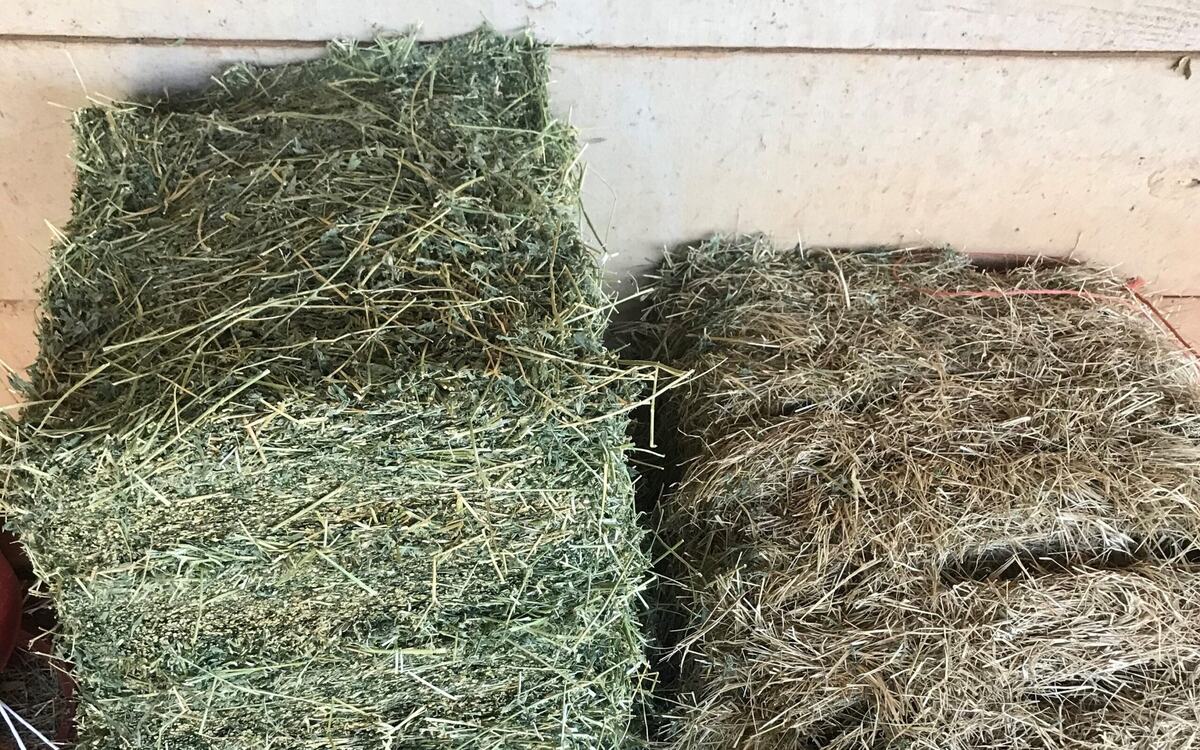
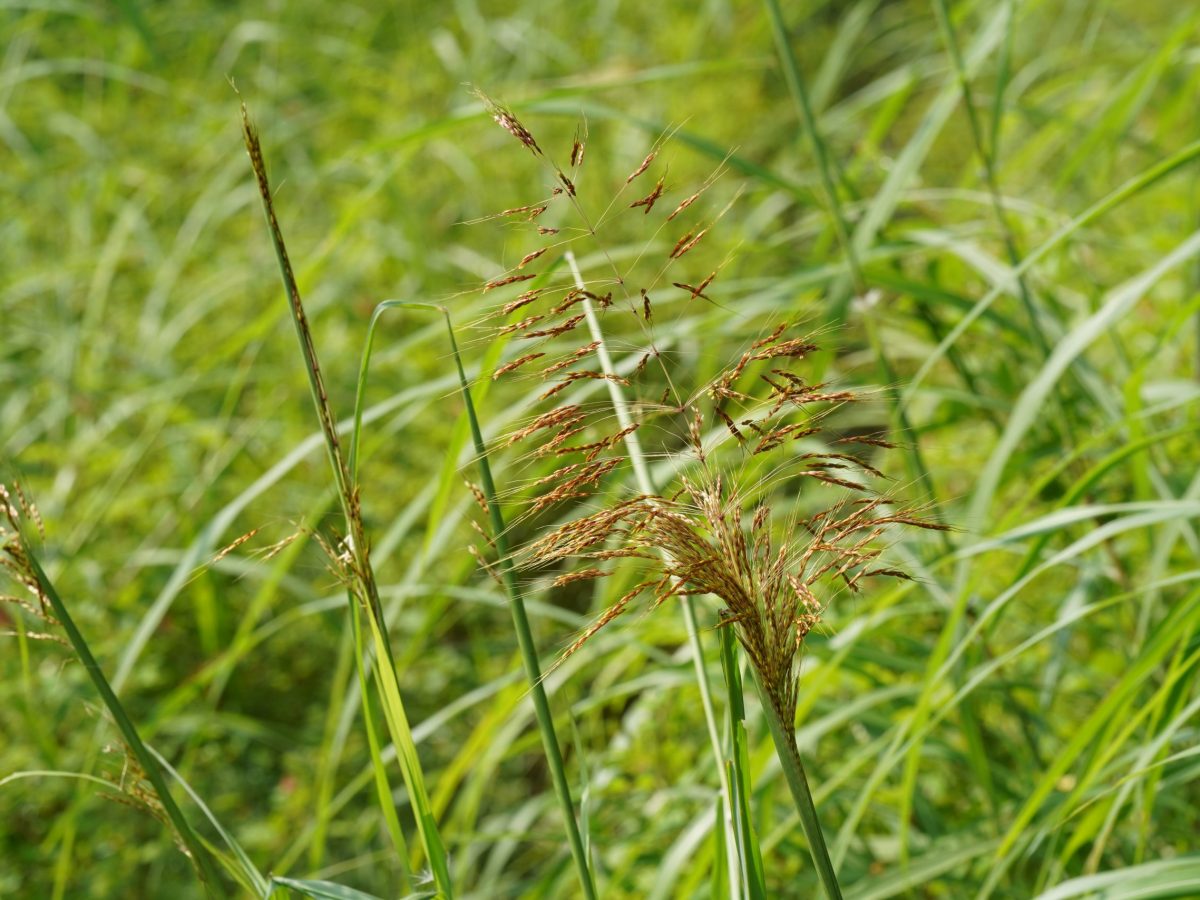

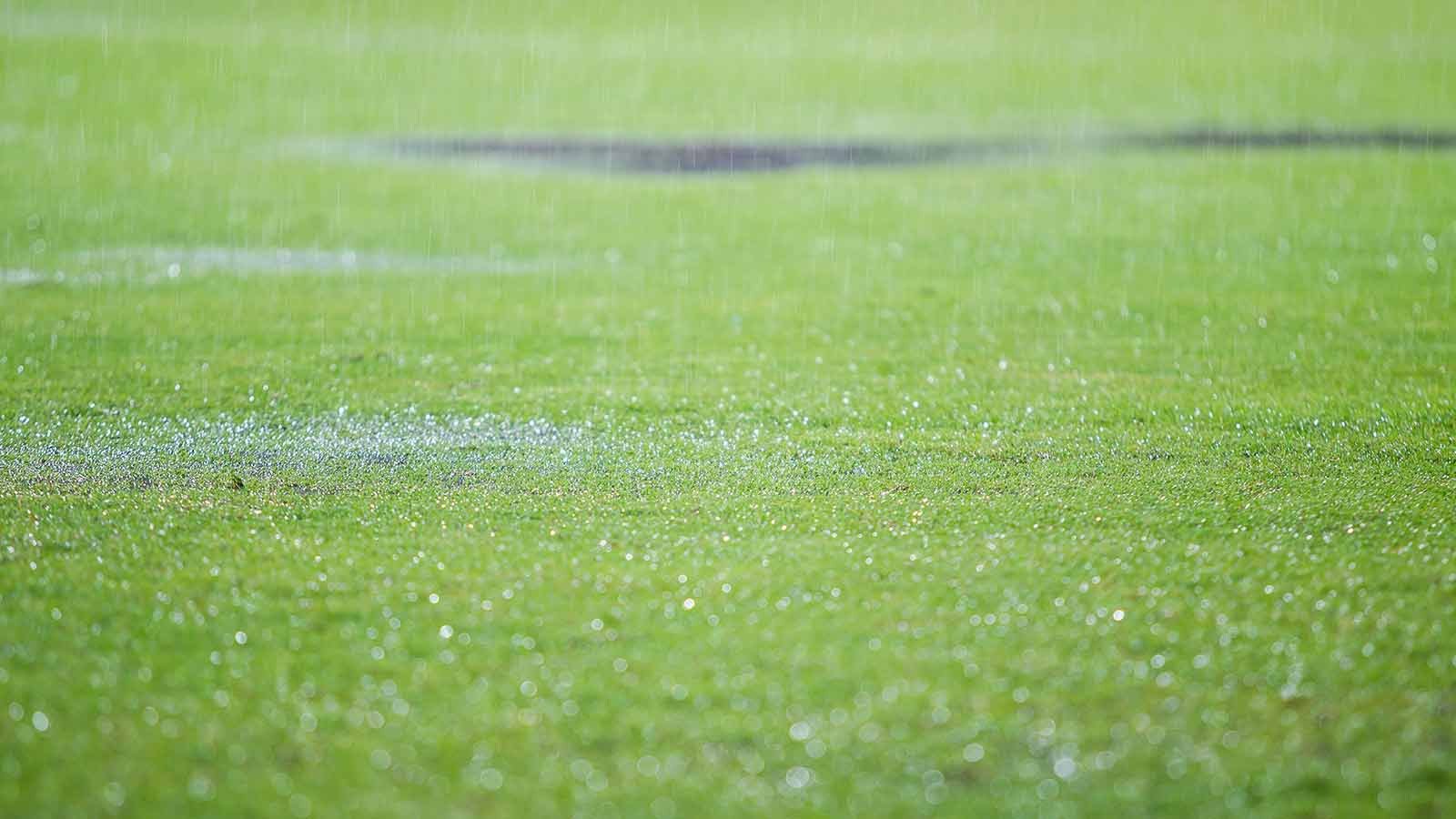
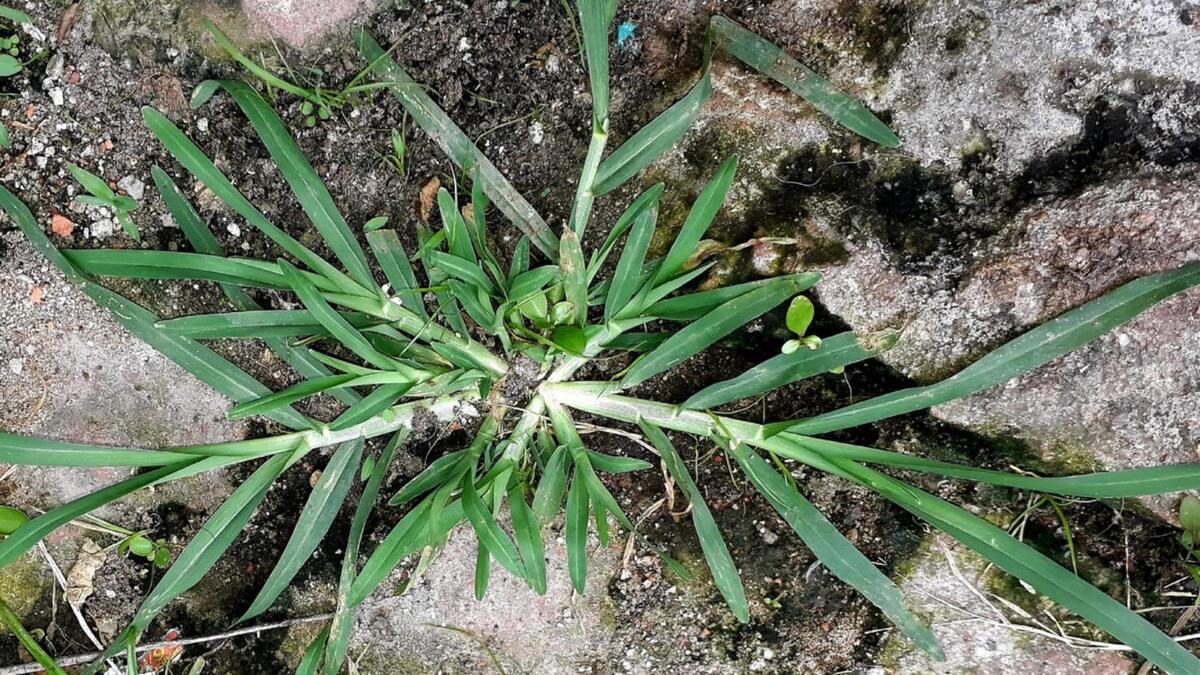
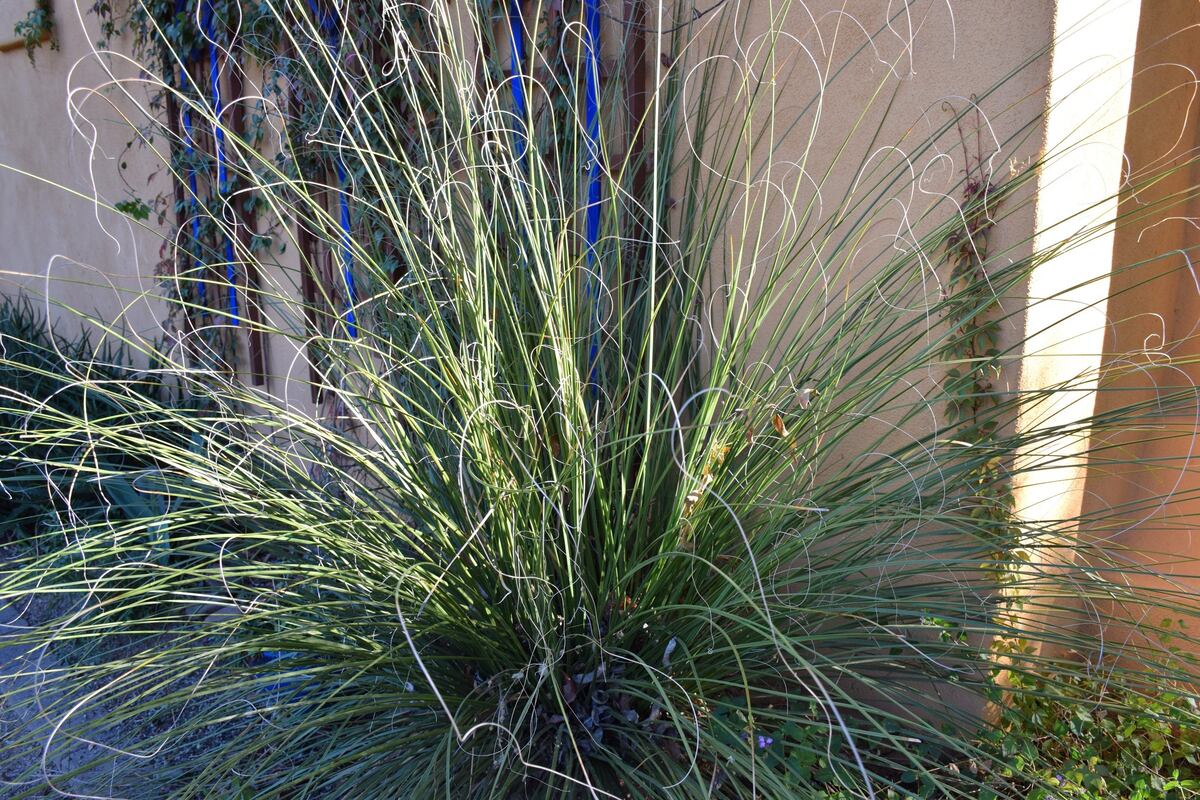
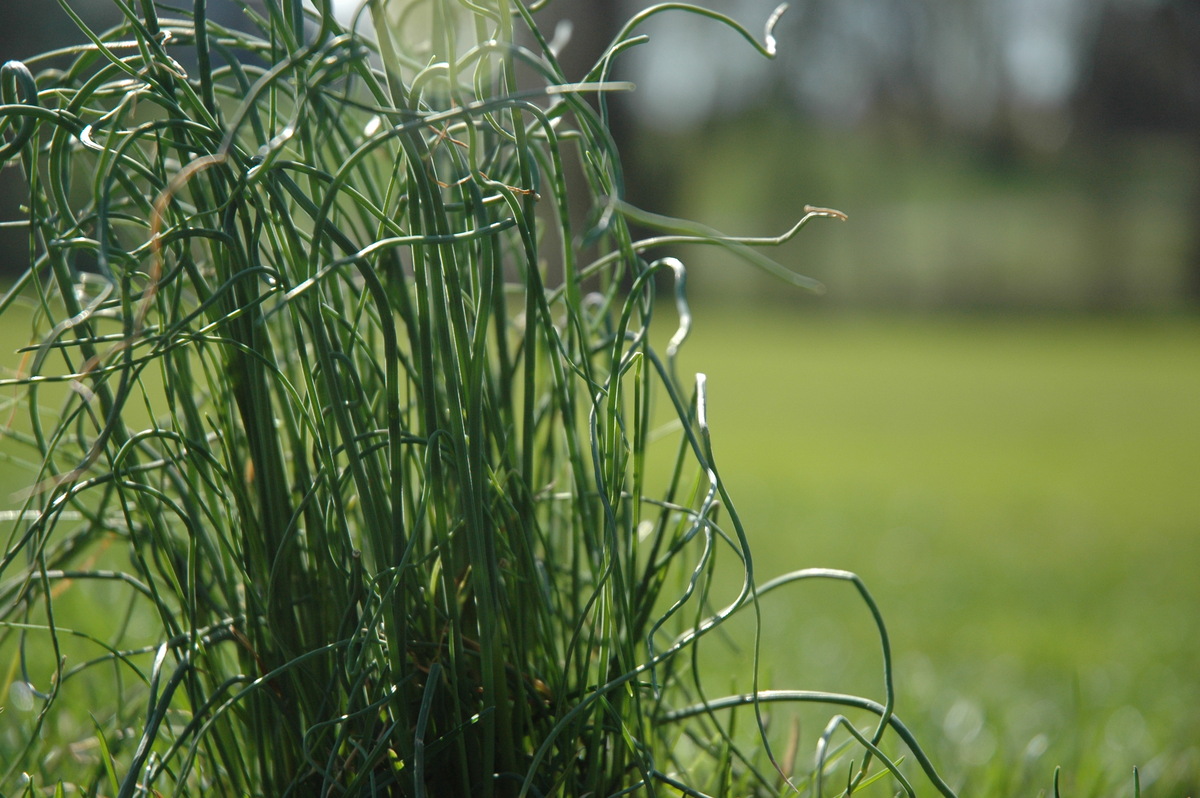
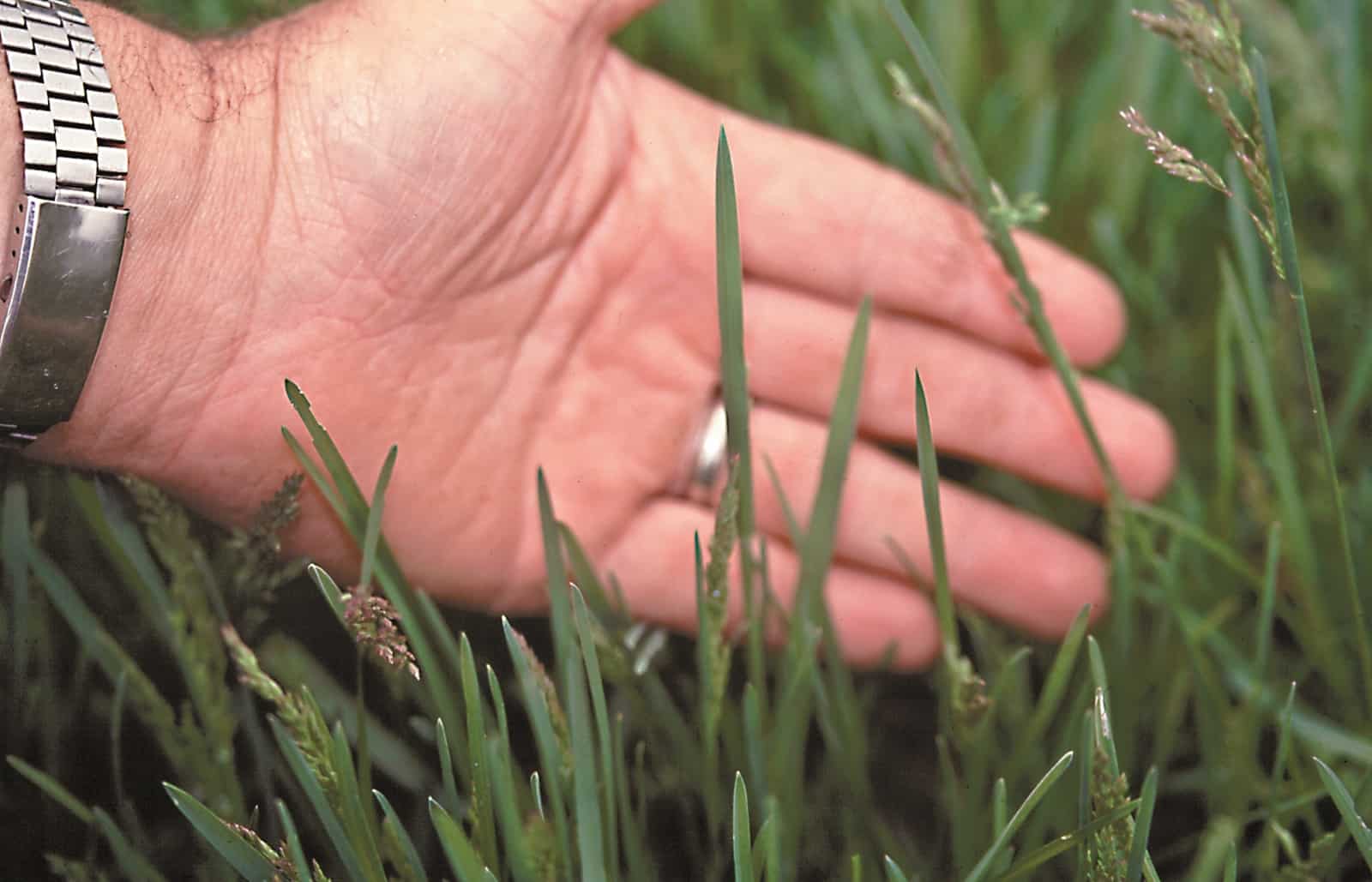
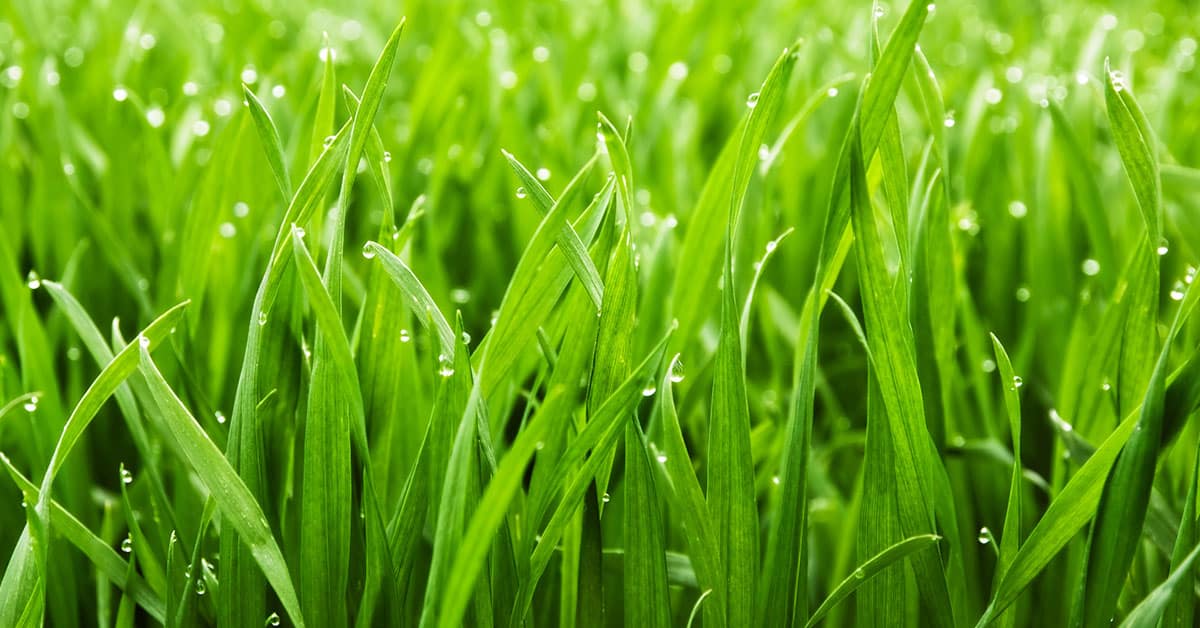
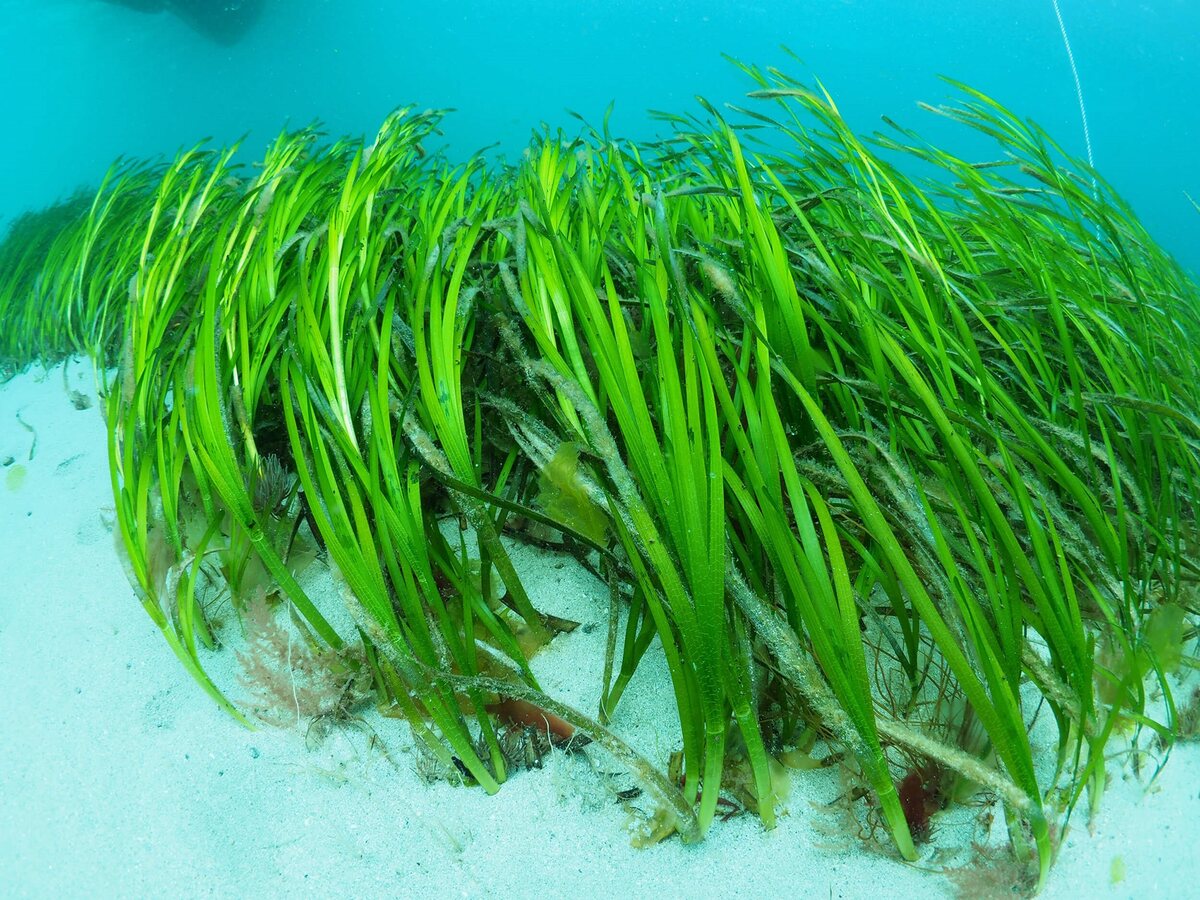
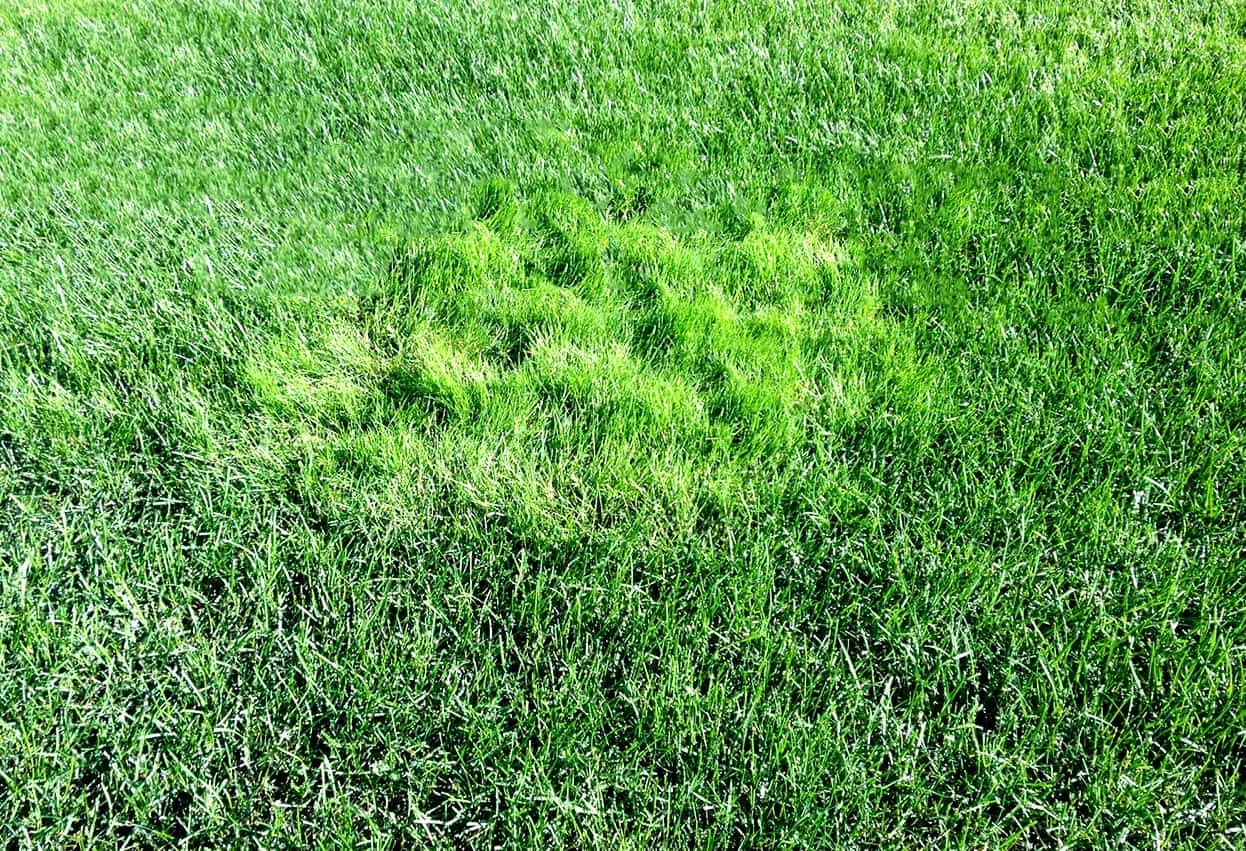
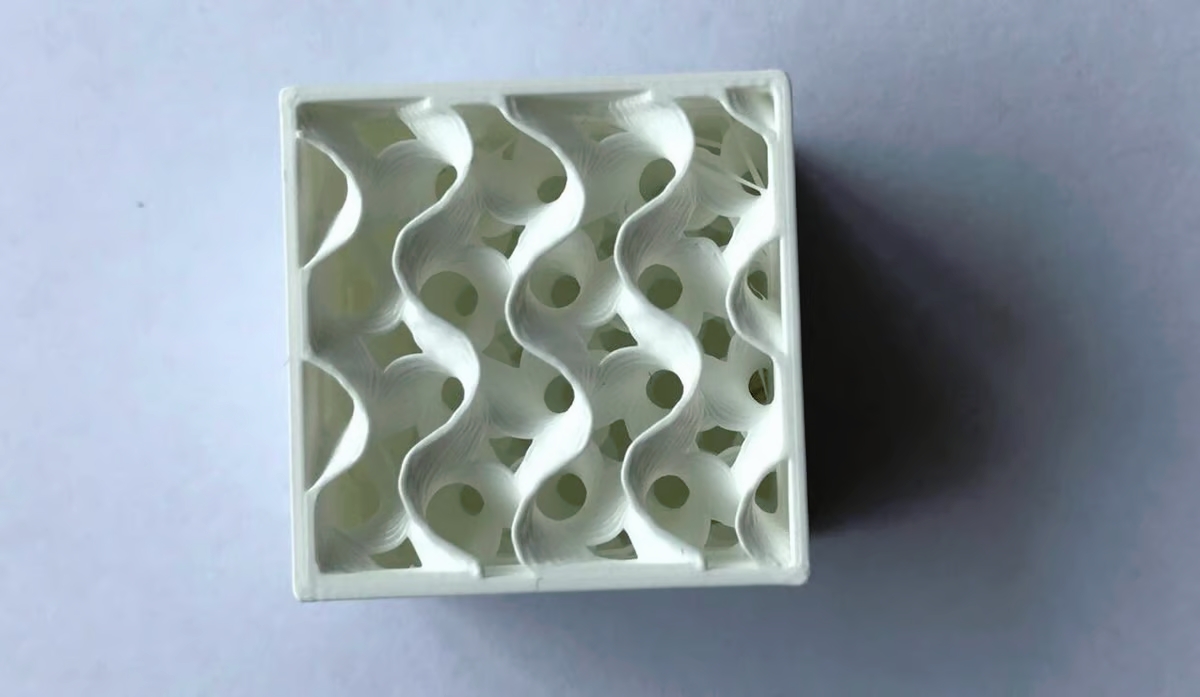
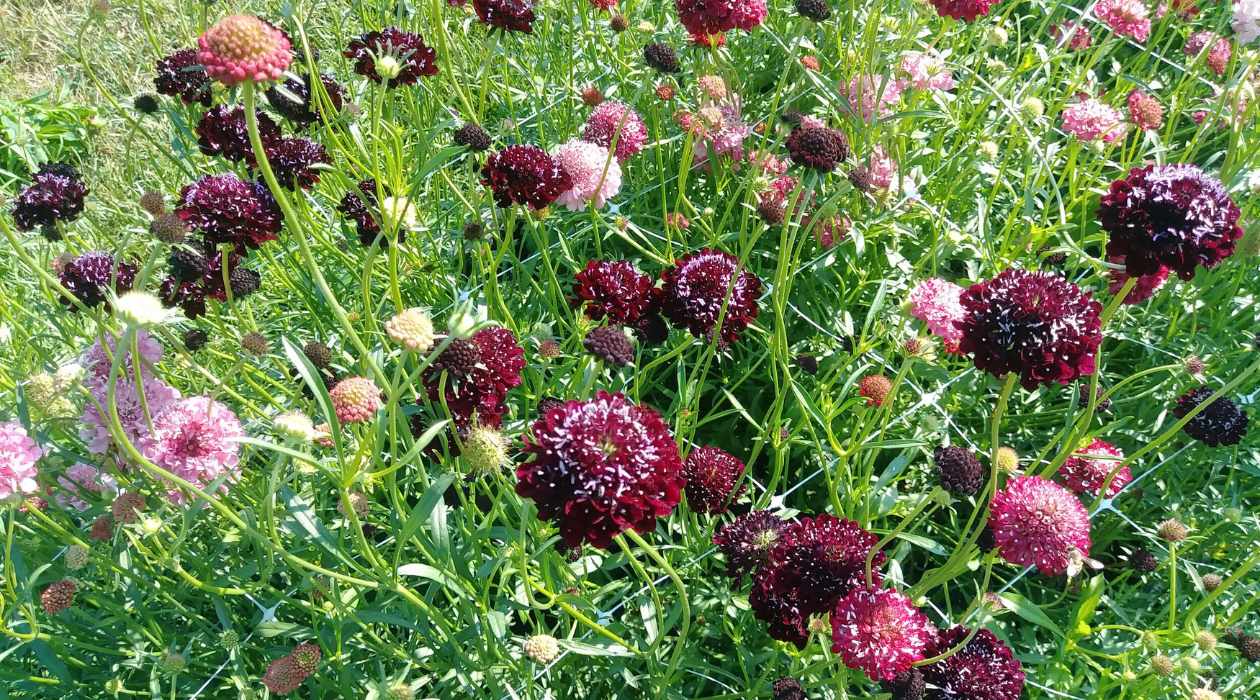
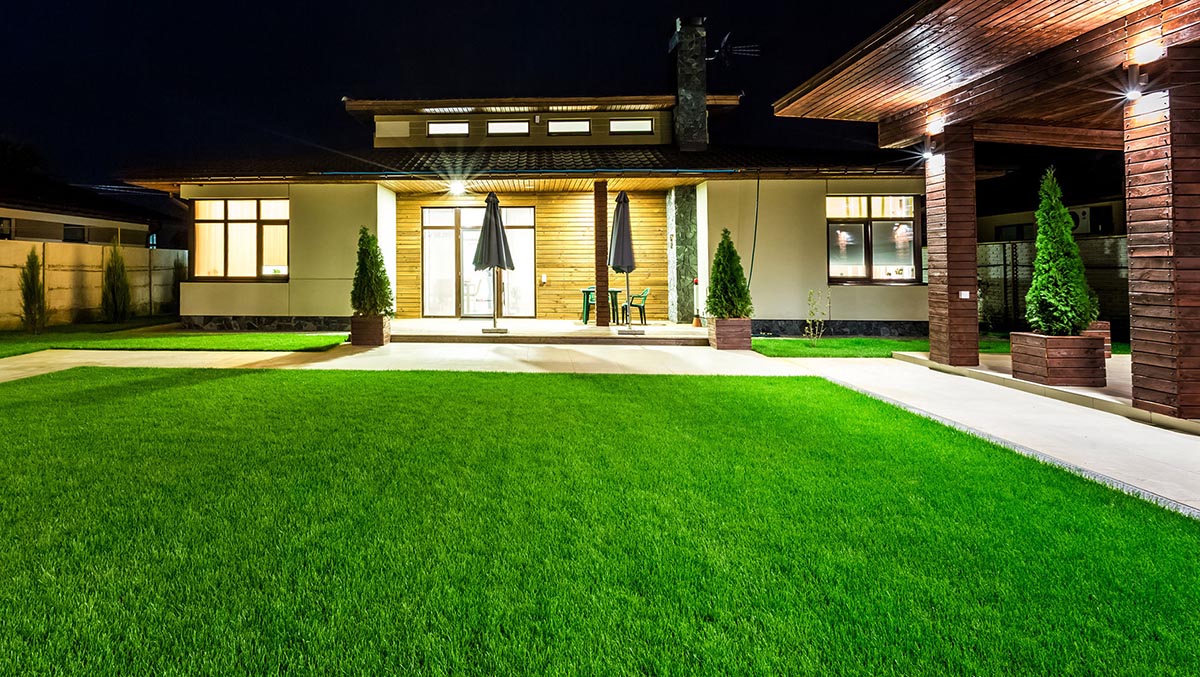
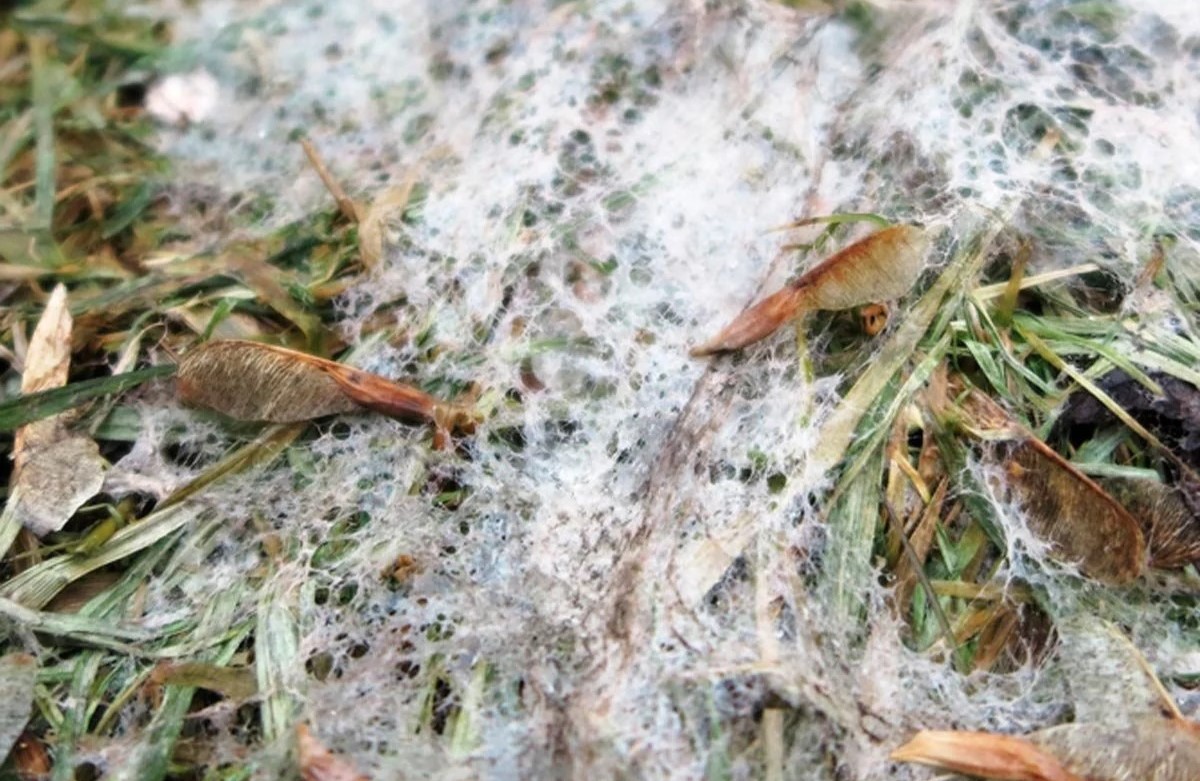

0 thoughts on “What Does Alfalfa Grass Look Like”